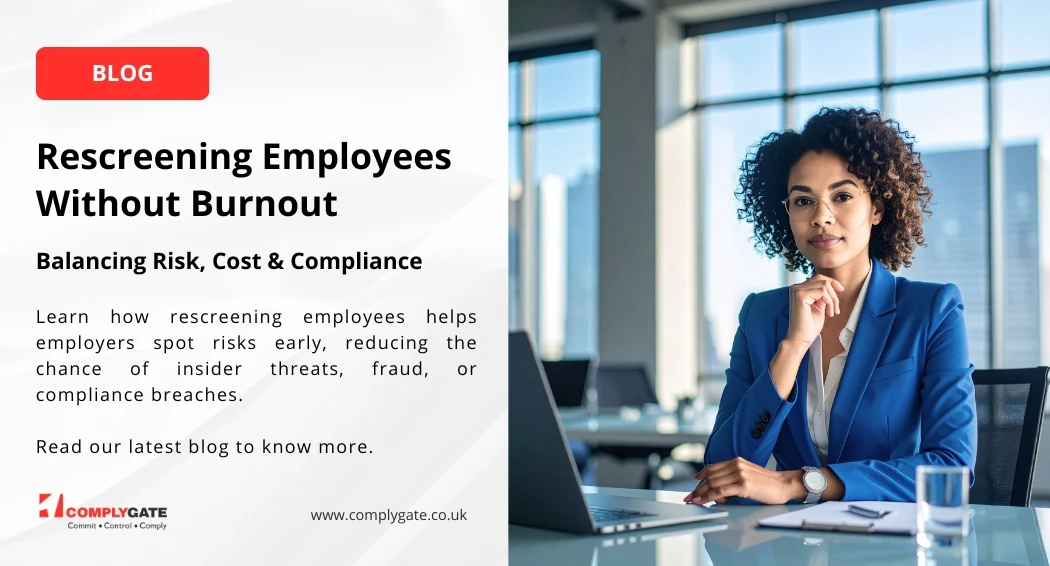HR Software Competencies: New roles for HR
In a knowledge-based world, a firm’s success mostly depends on its ability to maintain and leverage its human capital/people and values. However, recently the management of people has become more convoluted than ever due to incongruity of the people conjecture, workforce diversity, fierce competition, and the pandemic. Today most HR divisions, like other departments, use software and systems to aptly manage their human resources. There has been a boom in the last decade in the implementation of human resource information systems (HRIS) in human resource management (HRM) by organisations, where HRIS serves as a dominant element of HR-related decisions like recruitment, on-boarding, employee training, performance management, awards and recognition, benefits, health and safety etc.
In layman's terms, human resource information systems (HRIS) are software that collects, analyses, and shares the data of a firm’s human resource. It can be used to collect and manage admissible data about an organisation's people which can transform data into hints on which critical decisions can be based. HRIS can minimise cost and can help ensure the efficiency of several HR processes by data insights in real-time.
How to measure HR Contribution?
To measure Human Resources (HR) contribution the following can be taken into place:
- To measure the costs of each HR employee/ worker - The total quantity of your expenditure on HR functions within your business divided by the total sum of employees.
- HR software Employee Participation Rate to calculate this: The amount of employees that actively use the HR software you provide by the total amount of employees multiplied by 100 to result in a percentage.
How to measure people’s effectiveness at work?
Measuring your employee’s effectiveness in a workforce is all about establishing and determining if HR is distributing the necessary outcomes that are needed for the organisation’s success.
This can include examining for following:
- The amount that your employees are engaged with the workforce and their job tasks.
- The satisfaction and happiness of your employees.
- What the churn rate is of your employees?
- What your absenteeism rate is?
- The impact of your training in the workforce.
The metrics for evaluating your outcomes that are common can be:
- Absenteeism rate
- The satisfaction of employee/ worker
- Net Promoter Score of employee/ workers
- Productivity rate of employees/ workers
- Attrition rate
- The average length of service
The evolution of HR service delivery substantially includes the measurement of whether the HR services deliveries are effective. Also, to check if it follows the organisation’s general values, behaviours and strategies.
Factors that could be measured are:
- The employee’s development being sufficient in the workforce.
- The HR department distributing a good service.
- Is the introduction programme effective?
- Are the employee/ workers likely to recommend the company?
- The performance management system and how do employees/ worker rate it?
The metrics for evaluating the delivery provided by HR services are:
- Training effectiveness of it
- The performance of newly hired employees
- eNPS
- Failure rates of newly hired employees
- Retire on investment
- Benefit satisfaction
The measurement of HR internal effectiveness and efficiency is where evaluating if the HR services are distributing their services as efficiently as they can.
Important things to assess this can be:
- The cost-per-hire what are they?
- Recruiting the competencies the business needs and how effective is your organisation with it?
- What is the training cost in your organisation?
- The effectiveness of the different types of training provided within your organisation.
- Ensuring to recruit vis the highly effective channels.
The metrics for evaluating the effectiveness of the HR internal can be:
- eNPS
- Analysis of recruitment channels
- Cost-per-hire
- Return on investment
- Standard time take to fill vacancies











